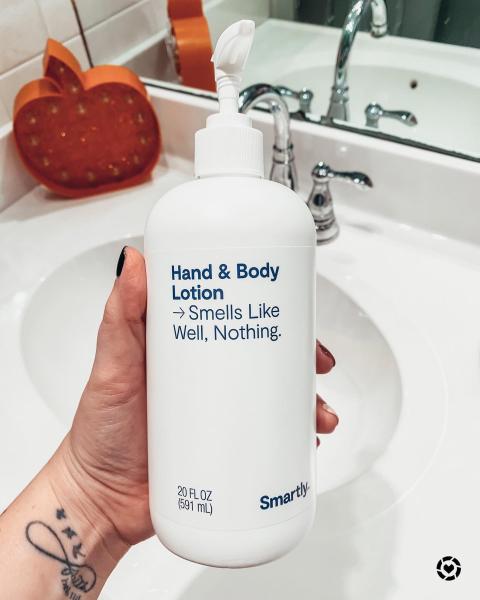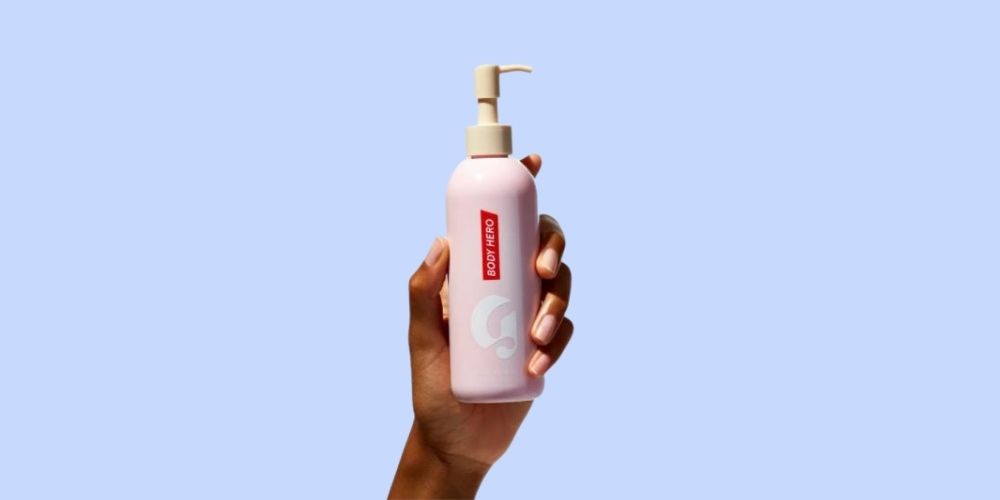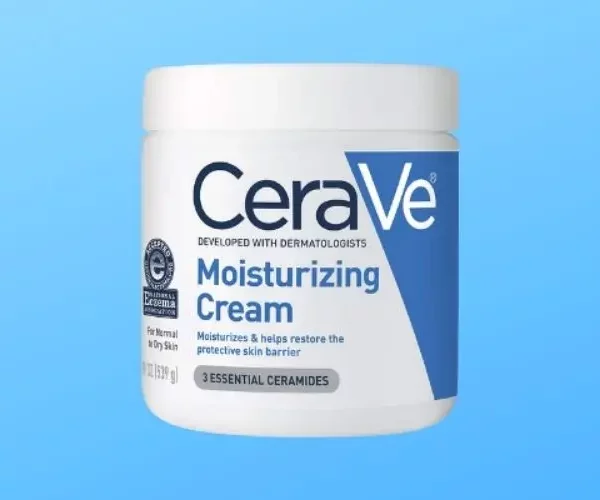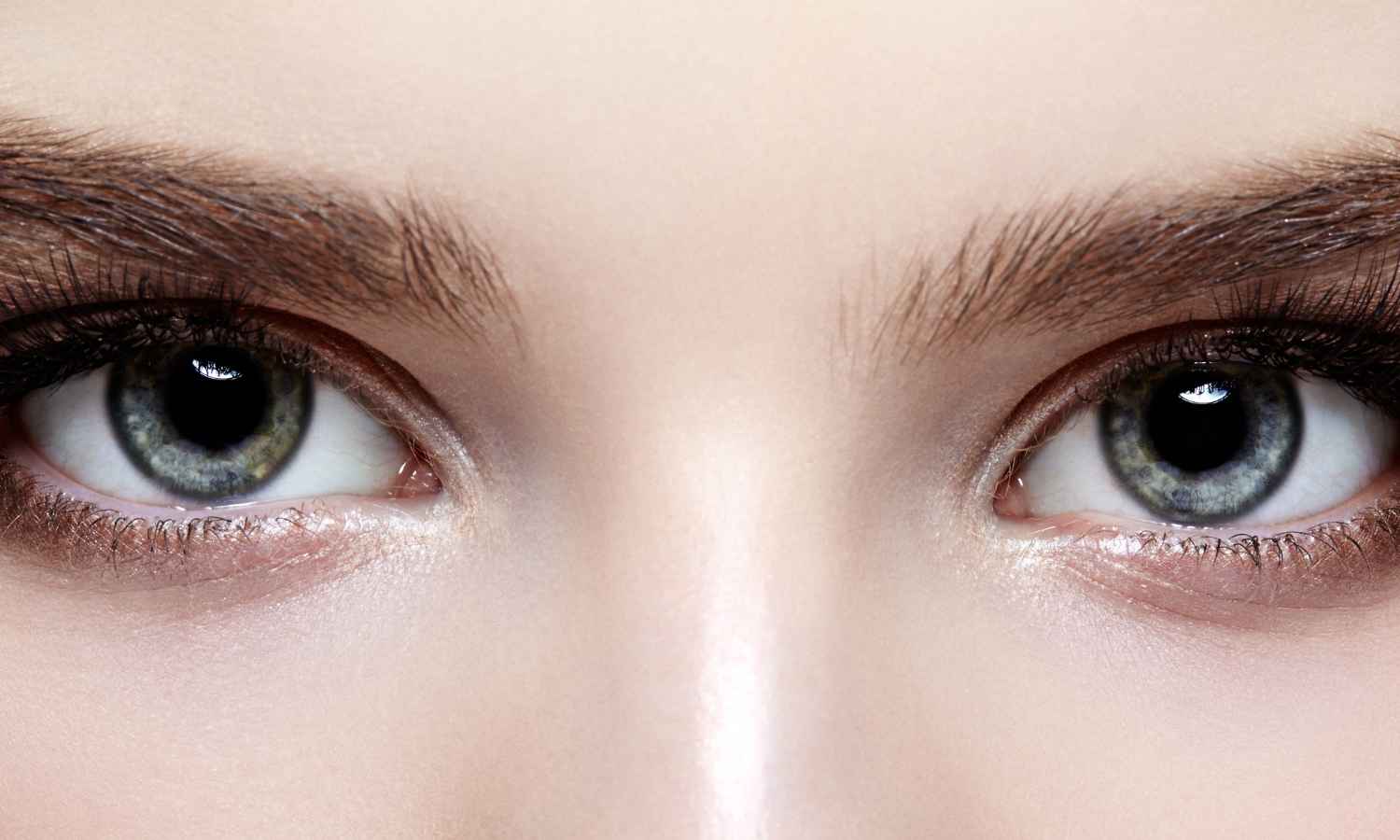It happens to the best of us: we shave our legs anticipating that smooth feeling, only to have it ruined by a bunch of little black and brown dots. You’re not alone in this – in fact, it’s so common that the internet has given it a name: strawberry legs.
We’re going to answer all your questions about strawberry legs, including how to fix them and help you get the smoothest shave you can.
What Are Strawberry Legs?
Strawberry legs are characterized by black and brown spots that usually appear after you shave. This might lead you to believe that you’re suffering from leftover stubble, but that’s not the case.
Rather, these black dots occur due to some combination of bacteria, dead skin cells, oil and keratin getting trapped in pores and oxidizing, resulting in the black or brown color.
How to Get Rid of Strawberry Legs
Now that you know exactly what causes your legs to look this way, it’s easier to understand what exactly you have to do to get rid of this appearance.
It all comes down to getting rid of the materials that make up the root cause of the problem. There are a few easy steps you can take to accomplish this and we’re going to get into them down below.
Step 1: Exfoliate
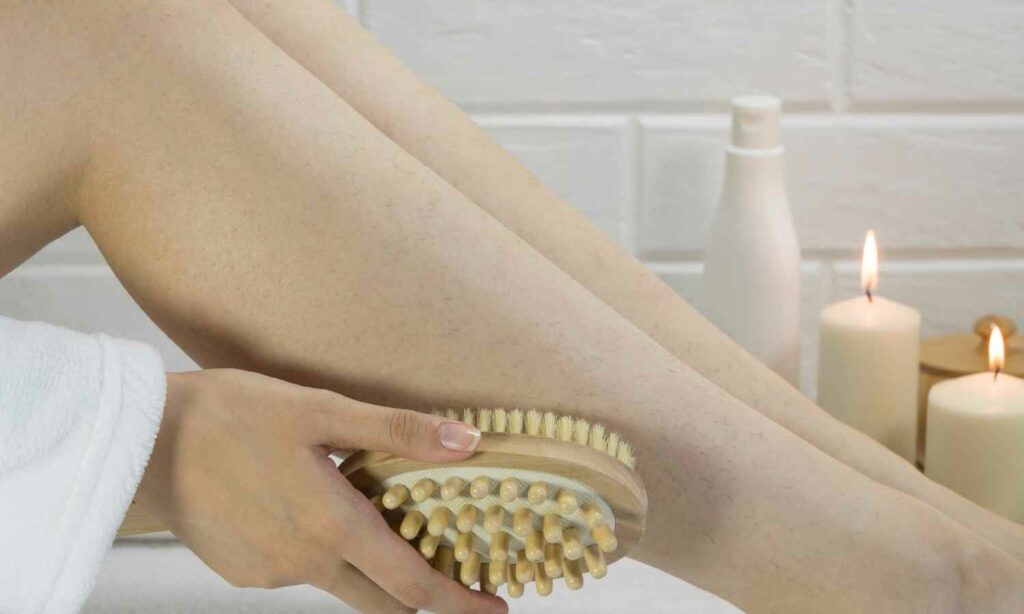
The first thing you’re going to want to tackle in that mixture clogging your pores is the dead skin. This will not only help get rid of some material already in the pores, but will also open them to prevent future clogging. To do that, you’re going to need to use either mechanical or chemical exfoliation.
Mechanical exfoliation is exactly what it sounds like, the removal of dead skin cells with physical force rather than chemicals.
To do this, you can use an exfoliating brush like this one, a washcloth, loofah, or body scrub. Salt scrubs and sugar scrubs are great options, but coffee scrubs are heavenly too.
Now that we’ve gotten all of the mechanical methods down, let’s move on to the chemical stuff. Chemical exfoliation doesn’t work by sloughing the dead skin off, but by dissolving it. This usually means some form of skin-safe acid like lactic or glycolic acid.
Note: Whatever exfoliant you use should be compatible with your skin type.
According to the American Academy of Dermatology, people with dry or sensitive skin might want to avoid heavy chemical exfoliants and opted instead for a very gentle and soft washcloth or brush. If you have oily skin, you can probably stand up to a harsher chemical exfoliant. Just make sure you use whatever exfoliant is best for you, as there’s no one-size-fits-all answer.
Step 2: Moisturize
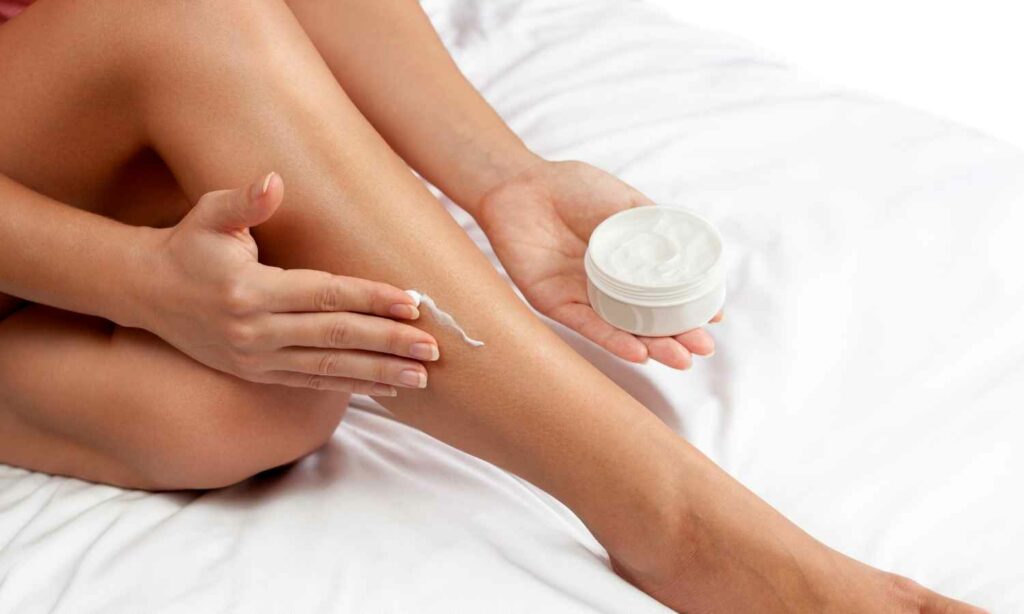
After you’ve exfoliated to get rid of dead and dry skin cells, it’s important to moisturize your skin so that it has everything it needs to get rid of skin cells on its own throughout the week.
As with exfoliants, you’re going to want to pick something that’s best for your skin concerns. If you have super dry skin, a whipped butter will do wonders, but you can take your pick.
For those of you with oily skin, you have fewer options, but you’re not completely exempt from moisturizing either.
You’ll want to find a product that is moisturizing without contributing to the pore-clogging oils that are already in your skin. Your best bet is going to be an oil-free moisturizer, typically with hyaluronic acid (like this one from Summer Fridays).
Step 3: Removing Hair
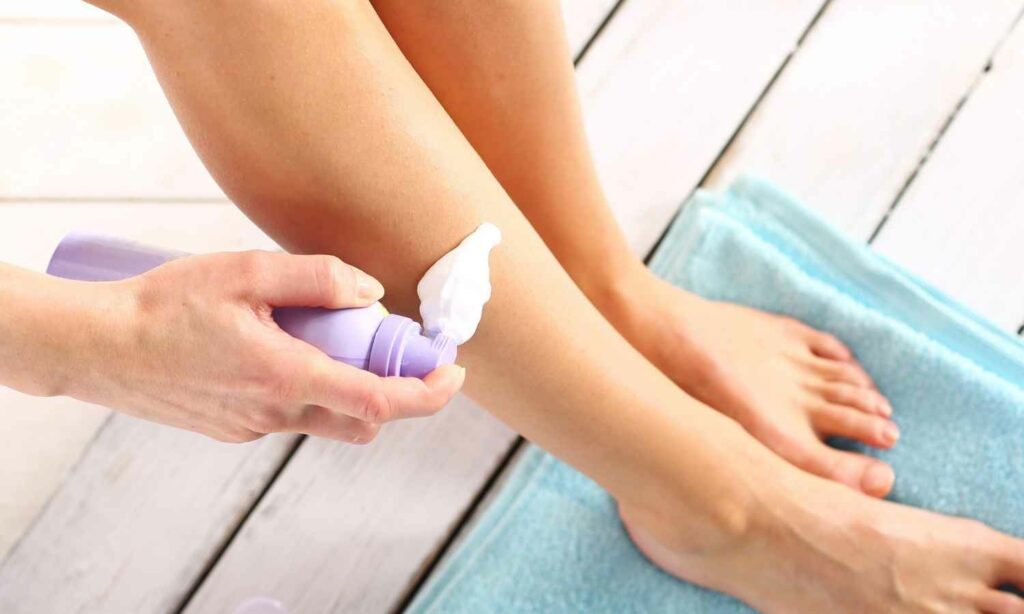
We know this sounds like common sense, but the way you remove your hair does affect the appearance of strawberry legs. Remember that keratin we mentioned earlier? Keratin is a tough protein that makes up your hair and skin.
Coincidentally, it’s also the primary ingredient clogging your pores and causing your strawberry legs, hence the medical term keratosis pilaris. While the excess buildup of keratin in the pores is partially genetic, there are certain factors that exacerbate the issue which you can correct by modifying the way you remove your hair.
If you’re having an active flare-up of strawberry legs before you remove any hair, it’s wise to avoid waxing as the irritation can make the bumps and spots more obvious (especially if you have sensitive skin).
If you’re looking for a more permanent solution to hair removal that won’t flare up your skin, consider laser hair treatment. If you’re going to turn to waxing or laser hair removal, leave it to a professional.
If you’re shaving the old-fashioned way or with an electric razor, there are a couple of things you need to keep in mind.
Always use a conditioning shaving cream or soap, a clean, sharp razor and shave in the direction of the hair.
All of these steps will reduce irritation, making any spots that do appear less obvious.
RELATED: Billie Razor Reviews: A Better Shave For Women?
Bottom Line
Believe it or not, that’s the last step! Strawberry legs can be annoying, but they really aren’t that big of a deal and you can keep them at bay with a few easy tweaks to your everyday shaving routine. As long as you take good care of your skin before, during and after your hair removal, you’ll be just fine.
